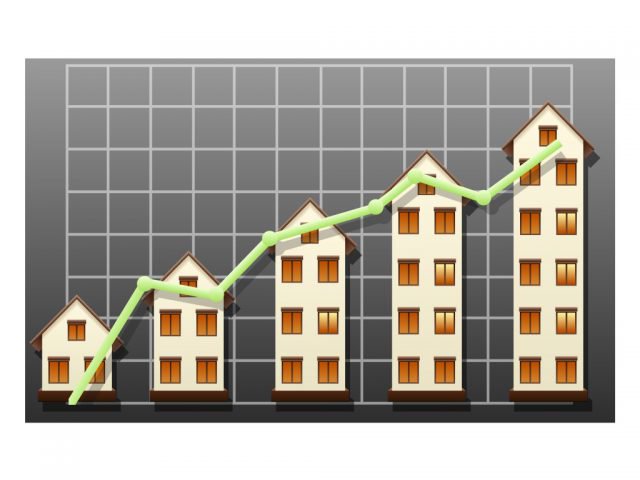House Prices Rise in July as Stamp Duty Falls
House prices in the UK rose by 0.4% in July, to a record high of £195,621, according to Nationwide.
The building society calculates that homebuyers paid a total of £275m less in tax in the first half of the year, due to changes to Stamp Duty in December 2014.
After a drop in June, when the annual rate of price inflation fell to a two-year low, July’s increase pushed it up to 3.5%. Nationwide’s Chief Economist, Robert Gardner, says that this is close to the historic pace of earnings growth.
He explains: “After moderating over the past 12 months, there are tentative signs that annual house price growth may be stabilising close to the pace of earnings growth, which has historically been around 4%.
“This would bode well for a sustainable increase in housing market activity, though whether this will be maintained will depend of whether building activity can keep pace with increasing demand.”
The figures are based on mortgages approved by the society during July. They show that the annual rate of growth was around a third of the 10.6% reported in July 2014. Meanwhile, the three-month rate of growth has decreased from 2.4% to 0.9%.
July’s monthly growth follows a rise in activity after the general election, with mortgage lending bouncing back in June after falling in the winter months. However, the amount of hopeful vendors has hit a record low, meaning some buyers are facing fierce competition.
Gardner continues: “It remains unclear whether activity on the supply side will catch up with demand.
“The number of new homes under construction has started to pick up, albeit from historically low levels, and further increases are required if a sustainable recovery in the housing market is to be maintained over the longer term.”
The Nationwide believes that changes to Stamp Duty mean that around 235,000 homebuyers in England and Wales have paid less tax, saving an average of £1,800 each.
It adds that the removal of the tier system, where the tax is a flat percentage of the price paid for a property, has cut the amount of homes gathered around the price thresholds for different rates.
Before the reform, many homes were prices at just under £125,000, when the 1% rate began, at just below £250,000, when the rate changed from 1% to 3%, and just under £500,000, when the rate rose to 4%.
Gardner says that buyers in the south, where prices are typically higher, have benefitted the most. Around 85% of transactions in London, the South West and South East have seen Stamp Duty drop, compared with 55% in the north.
However, Nationwide has found that buyers in the prime market are paying significantly more.
Gardner claims: “We estimate that around 5,000 (2%) of purchasers paid more – two-thirds of whom were in London – with an average of £28,000 more tax being paid compared with the old system.”1
Managing Director of buying agents Garrington Property Finders, Jonathan Hopper, says that house price growth has “clicked back into gear.”
He adds: “With no sign of a summer lull yet, surging levels of buyers and a limited number of sellers have combined to drive up prices in much of the market.”
However, he says that the prime market is still “reeling” from the increase in the top rate of Stamp Duty, which has risen massively for homes costing £2m and over.
“The Stamp Duty hike was supposed to gently apply the brakes to stop the prime property market racing away,” he states. “But in the event its effect has been more of an emergency stop.”1
1 http://www.theguardian.com/business/2015/aug/04/uk-house-prices-up-july-stamp-duty-revenue-falls






